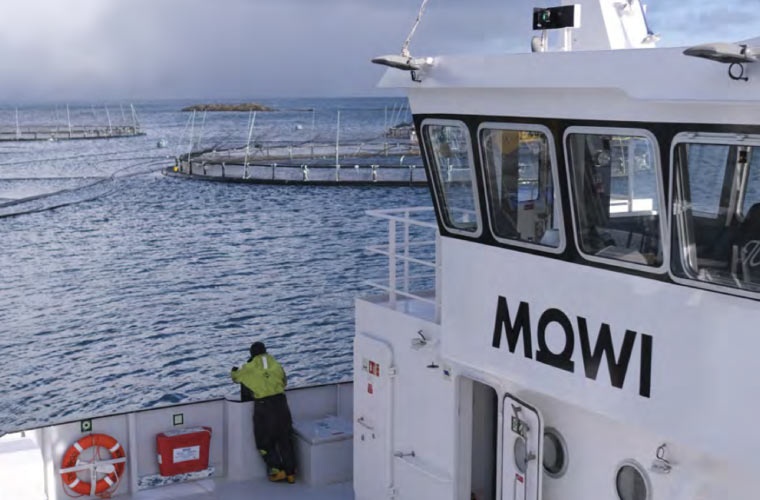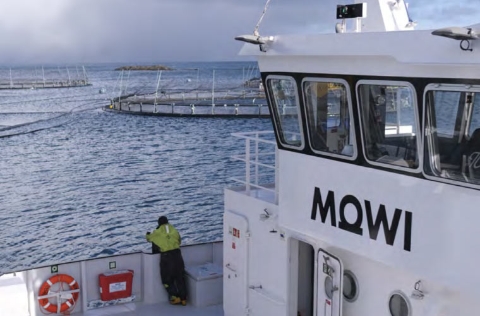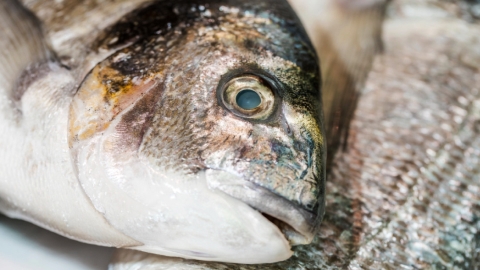
The global salmon industry is expected to continue growing at an average annual rate of 3% between 2024 and 2029. This projection, outlined in Mowi’s Salmon Farming Industry Handbook 2025, marks a shift in tone from previous years, which had pointed to more ambitious levels of growth.
According to the report, this more measured outlook seems from several structural limitations affecting the sector. “Future growth can no longer be driven solely by the industry and regulators, as steps are being taken to reduce its biological footprint”, the document notes. In essence, further increases in production will depend on progress in technology, animal welfare, regulation, and collaboration between companies.
The report goes on to explain that the industry has now reached a biological threshold, where environmental constraints are becoming increasingly evident. In addition, the number of coastal areas with ideal conditions for intensive open-sea farming is becoming increasingly scare.
The report also emphasizes that any future expansion must be accompanied by improved use of non-medicinal technologies, innovative approaches to animal welfare, and alternative farming systems, such as offshore operations or land-based facilities.
This more cautious outlook should not be interpreted as a slowdown in demand, which remains strong and resilient worldwide, but rather as a call to balance growth with long-term sustainability.
While Mowi acknowledges the potential of newer farming models-such as offshore production and Recirculating Aquaculture Systems (RAS)-to overcome geographical and regulatory constraints, it also highlights that these technologies still face significant hurdles before becoming mainstream.
Specifically, the report states that “several RAS projects have been announced, but limited volumes have reached the markets so far. High costs and biological challenges remain.”



